Defence / Nevada
In-flight service
As the need for nimbler, more agile air forces grows, the US and its allies are perfecting the art of mid-air refuelling.
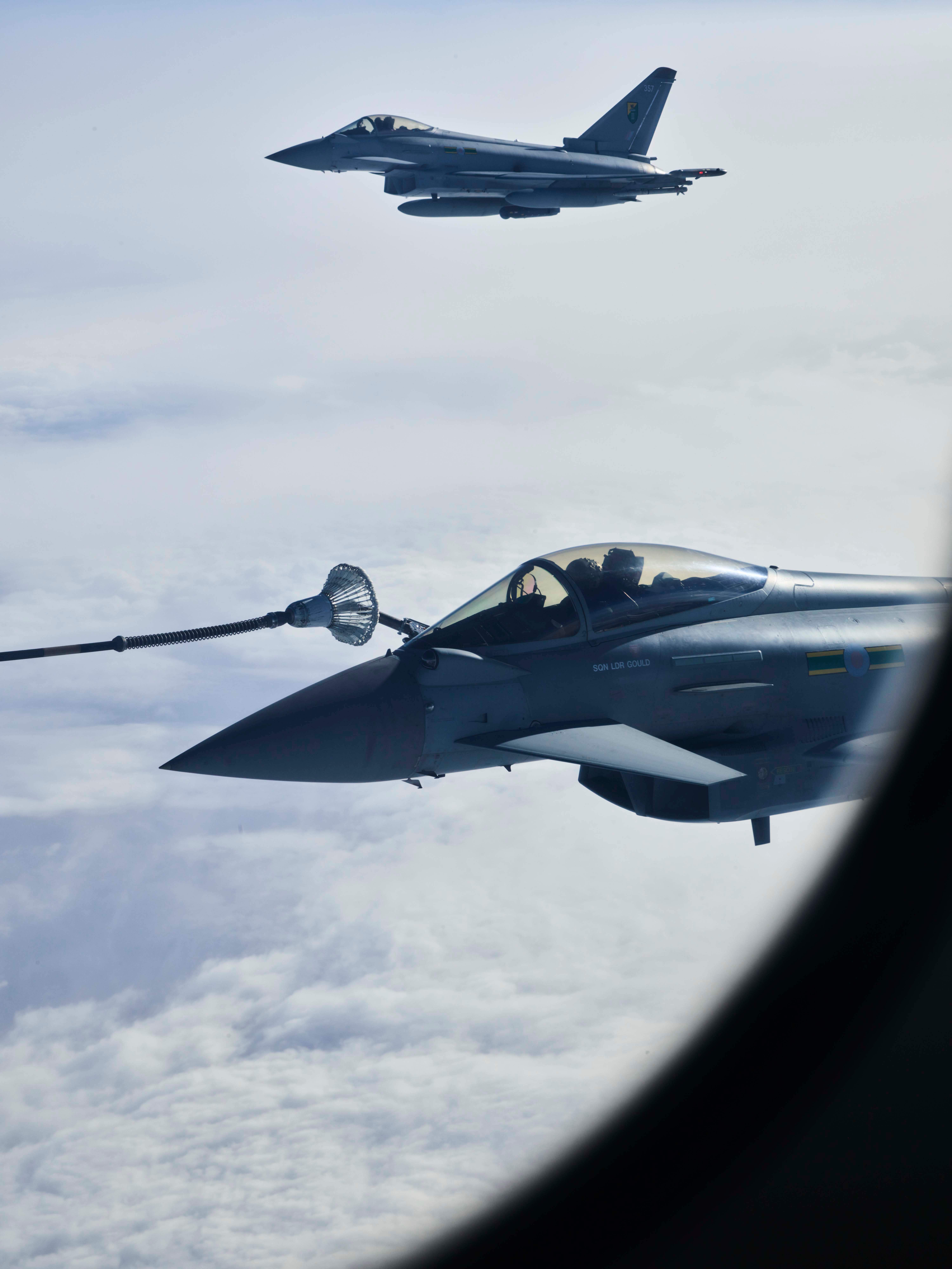
We’re onboard an Airbus a330, cruising at 20,000 feet above the Las Vegas Strip. With its rows of economy seats and in-flight entertainment in the armrests, the plane resembles a typical commercial aircraft; in reality, however, it’s a flying petrol pump with 137,500 litres of jet fuel sloshing around in its fuselage. At the controls are pilots from the UK’s Royal Air Force (raf), who are monitoring the radio for incoming squadrons of US and UK fighter jets. These will fly in and refuel from the tanker in mid-air, before moving on to a simulated aerial battle over the desert. The refuelling is part of a training mission called Exercise Red Flag, and mirrors the US-UK operations that have been taking place in Yemen since the start of the year as the two nations co-operate to target Houthi positions.
“Aerial refuelling used to be done with just a grappling hook and a hose,” says Wing Commander Paul Summers, squadron leader on the raf Voyager air tanker. The process has remained fairly analogue: a probe with a nozzle at the end emerges from the wing of the Voyager and waggles about in the wind. From about 1km behind us, a squadron of US Marines in f-35s comes into view. They line up in formation, matching the speed of the tanker so that, aside from barely perceptible tremors caused by turbulence, they appear perfectly still. Then one of the aircraft drifts closer and lines up to connect to the probe.
“Joining a tanker is a fine art,” Flight Lieutenant Simon Tofrik tells monocle. The raf pilot has hooked up his Eurofighter Typhoon in mid-air on missions out of Cyprus. There is no autopilot to do the job for the airmen. “You have to ensure that you’re not using too much fuel chasing down the tanker,” he says. “The trick is not to look at the nozzle.”
Though it’s a delicate manoeuvre, aerial refuelling is often crucial. Most bombers and fighter jets carry only a few hours’ worth of fuel, limiting how far they can fly. In an era of fast-moving theatres of combat emerging around the world – and with not enough naval aircraft carriers to send to all of them – the tankers pick up the slack, allowing planes to travel across large distances into the heart of battle. monocle has been invited to observe a day of joint operations by the US, UK and Australian air forces as part of Exercise Red Flag. It’s a show of unity by three allies linked by the Aukus defence pact but also an opportunity for their respective militaries to practise working together in conditions that simulate what one aerial commander calls “the chaos of combat”.
Exercise Red Flag has been held every year since the end of the Vietnam War at Nellis Air Force Base, just north of Las Vegas. It was started after strategists at the Pentagon realised that novice pilots were flying into battle inexperienced and performing dismally in air-to-air combat. Aside from the occasional whoosh of a passing jet, most of the gamblers and croupiers working the casino tables below are oblivious to the deft military exercises happening overhead.
This year’s exercise involves a series of aerial battles between a friendly blue team and an enemy red team. On the runway at Nellis are rows of aircraft painted in the black and icy-blue colours of Chinese and Russian forces. These are flown by US pilots briefed on how the air forces of these “near-peer competitors” – nations of comparable military might – tend to operate in combat. In addition to airborne operations, the 2024 exercise is also about better integrating how the three allies support each other logistically, from mid-air tankering to retooling aircraft on the ground. The f-35s and ageing b-2 stealth bombers lined up for take-off on the runway still pack a formidable punch but it is becoming increasingly likely that the potential conflicts of the future will be fought and won on the strength of logistics and integration.
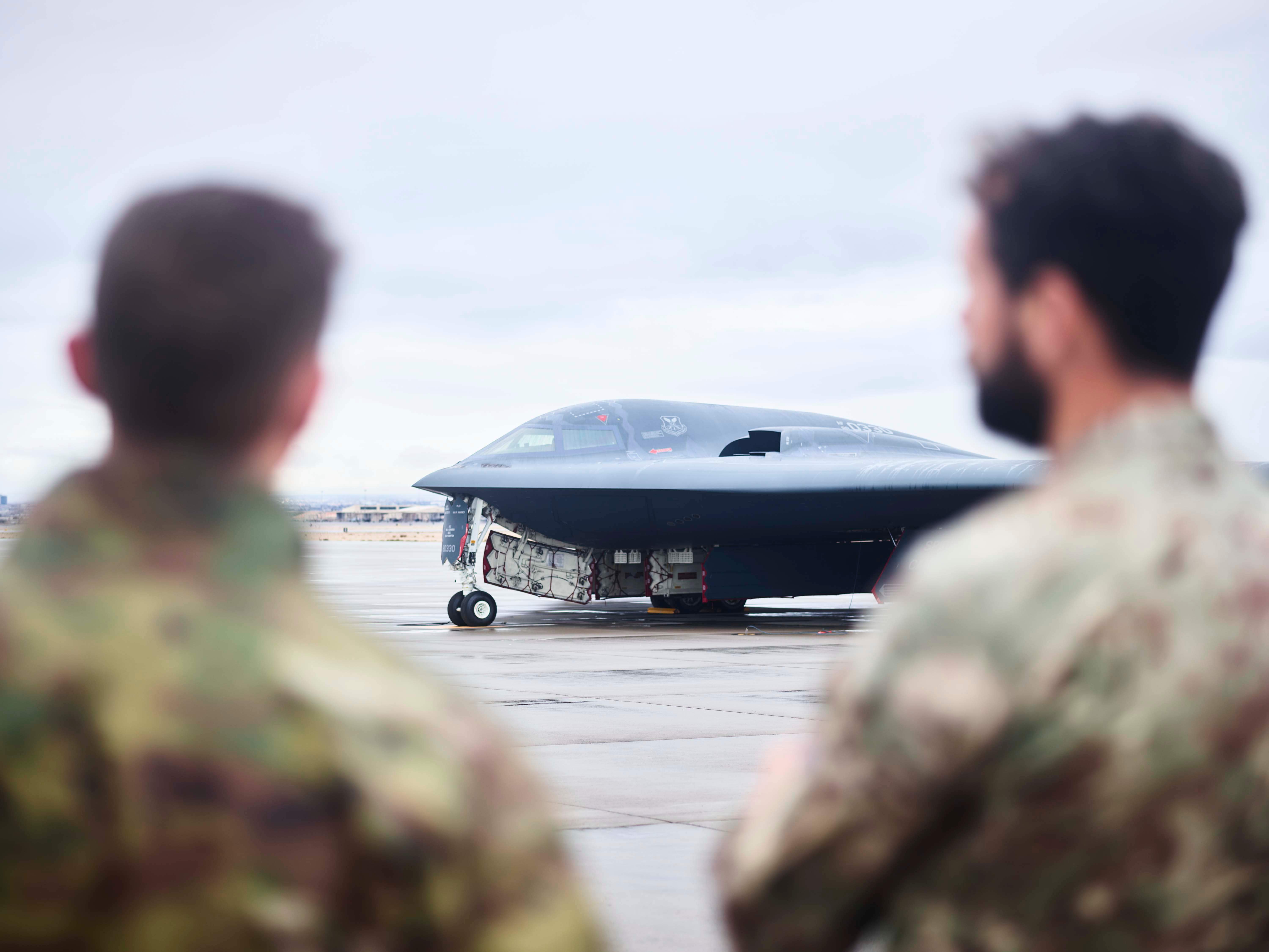
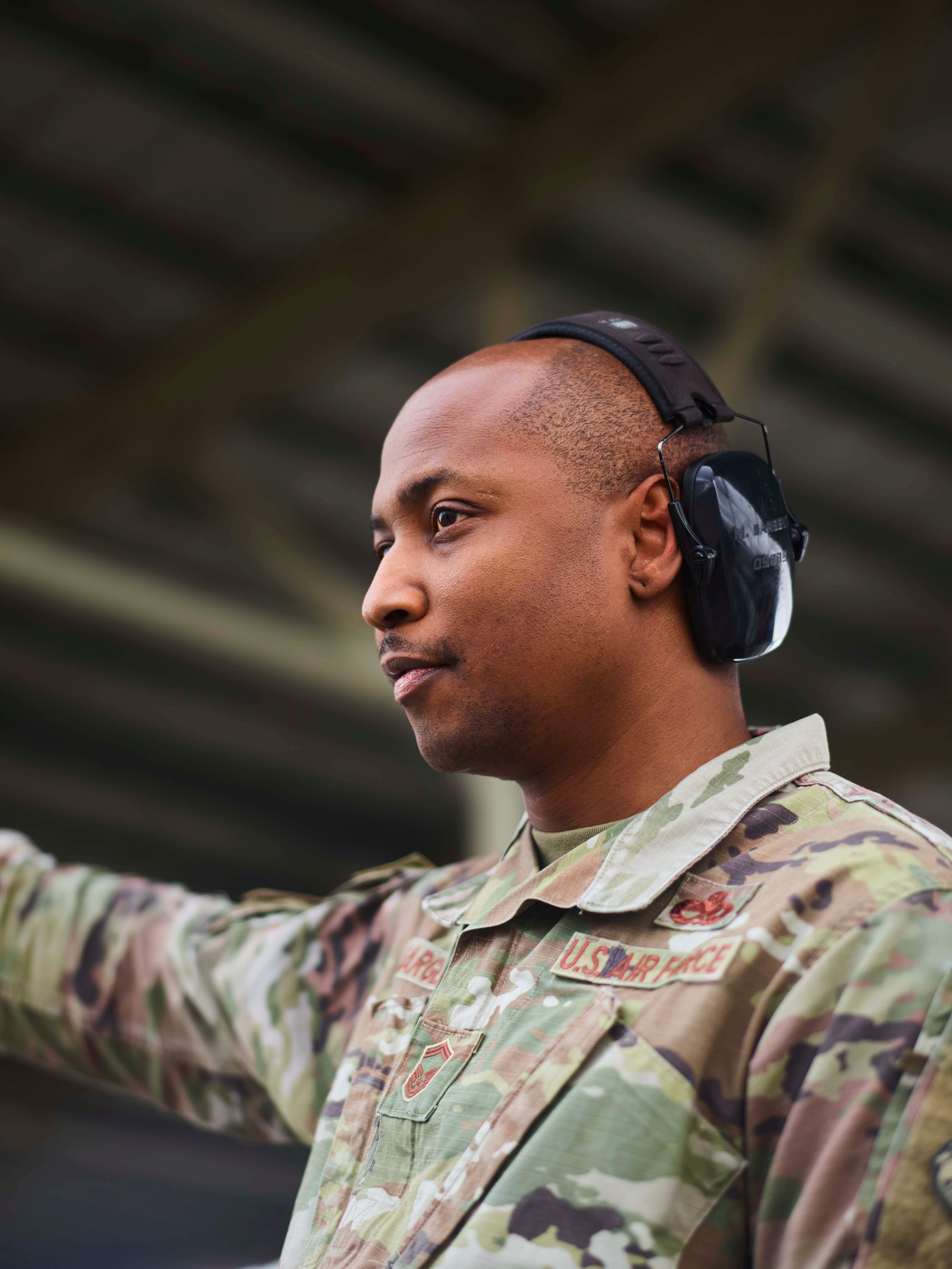
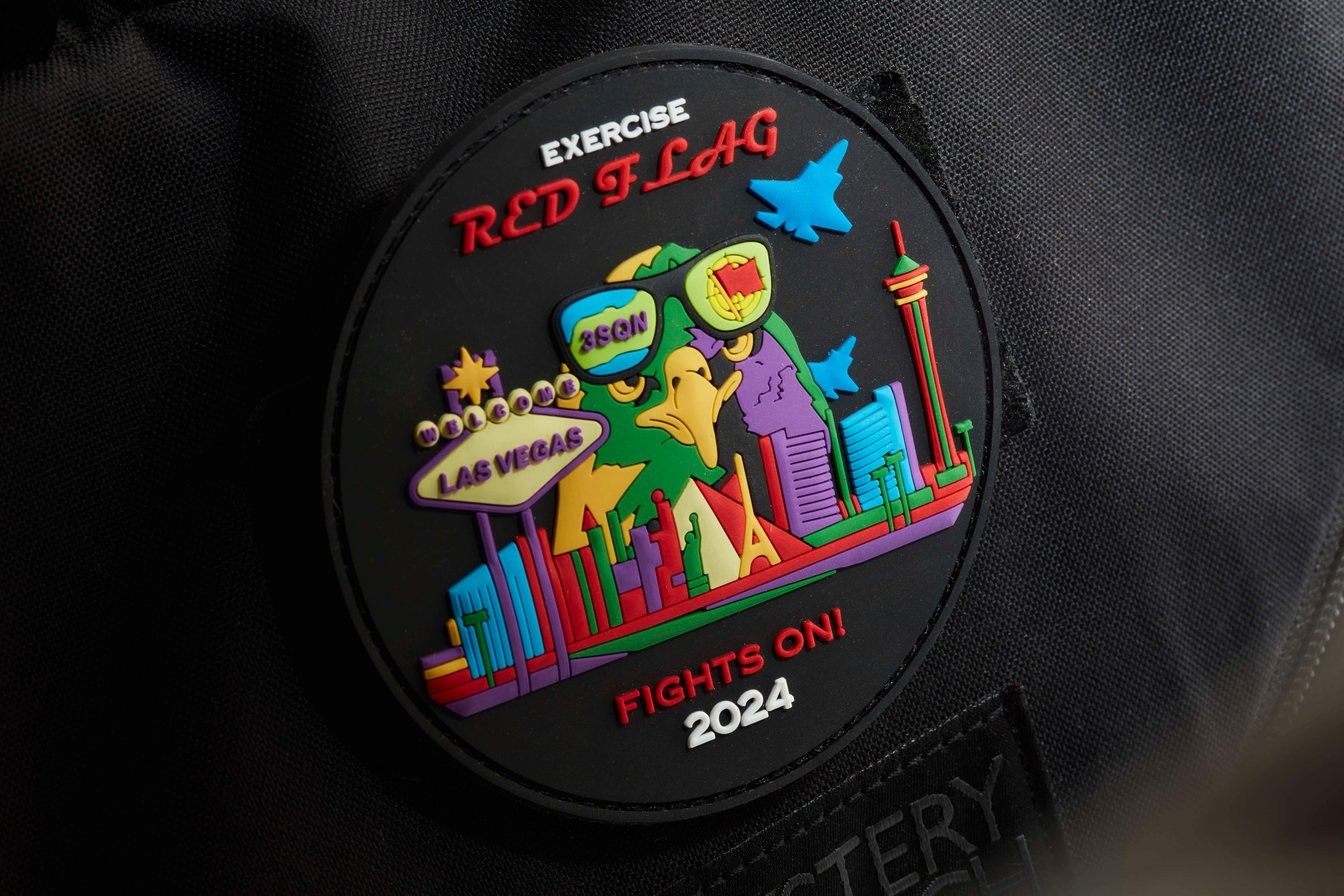
An often-heard phrase among US military strategists is the “tyranny of distance”, which refers to the challenge of getting units and supplies across the Pacific in the event of, say, a surprise attack by China on Taiwan. It’s 10,000km from Los Angeles to Taipei and the vastness of this oceanic theatre is provoking a fundamental shift in military thinking after 20 years in which the US and its allies built and commanded their forces from impregnable bases across the Middle East. Such fortresses simply won’t make sense on small Pacific islands that are surrounded by ocean. “If we built everything up in one location, we would be vulnerable,” says Colonel Eric Winterbottom, the US commander of Exercise Red Flag, who we meet at the flight line at Nellis as, one after the other, raf Typhoons erupt into takeoff. “We need to be able to move around rapidly. It’s a change of mindset and how we conduct our logistics.”
The future, says Winterbottom, requires a more dispersed network of tiny outposts, where aircraft are launched and maintained across multiple locations. There must also be a nimbler attitude to getting equipment and people around, with the job shared among allies. Agile Combat Employment, as the strategy is called, underpins Exercise Red Flag.
“It’s about learning how our allies operate – and learning to understand their accents as well,” says Australian Flight Lieutenant Dan Armstrong. The f-35 pilot is waiting for his plane, which is emblazoned with the kangaroo insignia of the Royal Australian Airforce, to be readied for flight. “There were the same problems operating in the Pacific during the Second World War. There’s a lot of water and not many runways so there’s a long logistical tail wherever you go.” The plane’s flight engineer, Harrison Littrich, tells monocle that his job in the field is as much about ensuring supply chains for parts and maintenance as keeping the planes aloft.
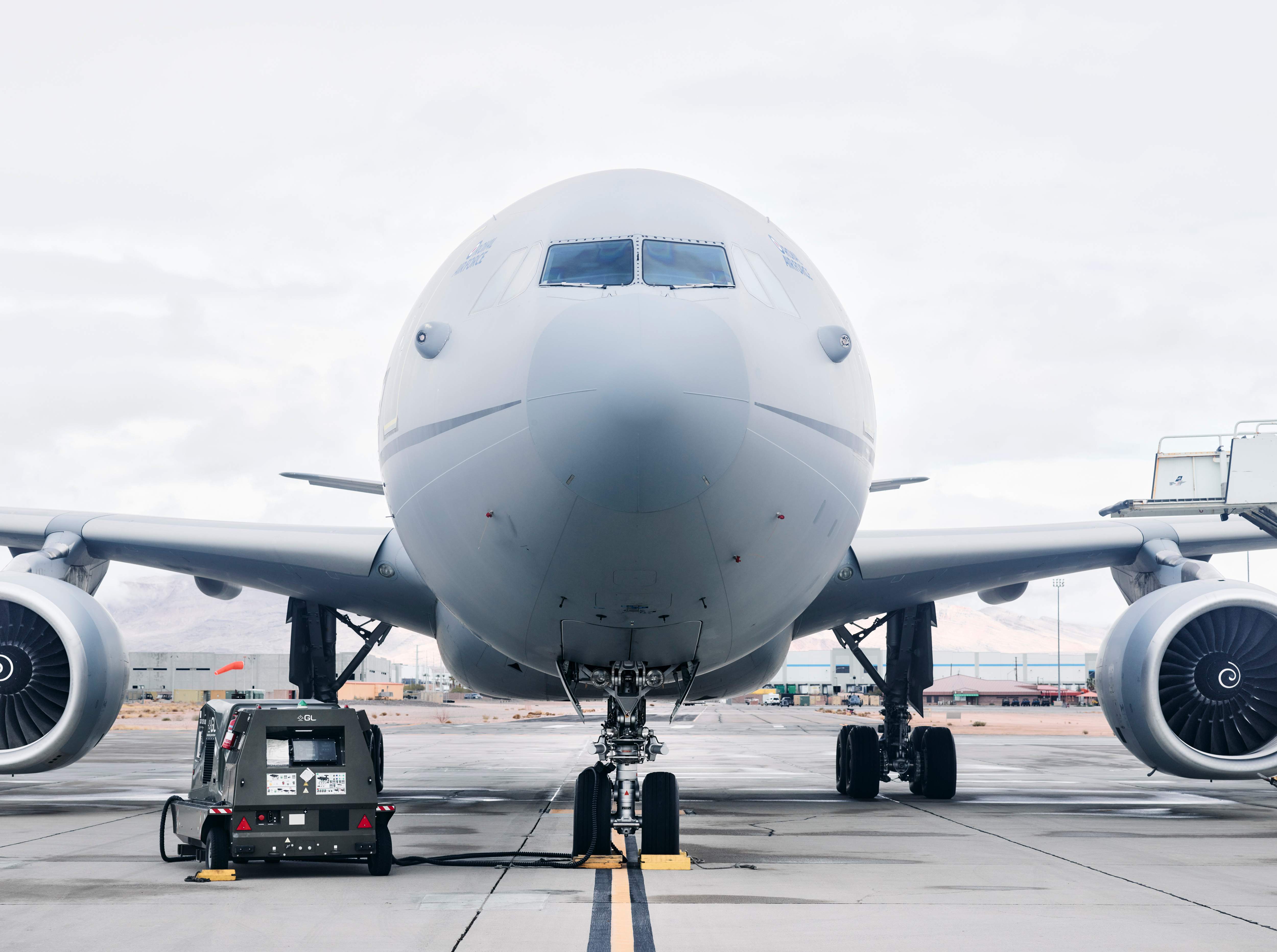
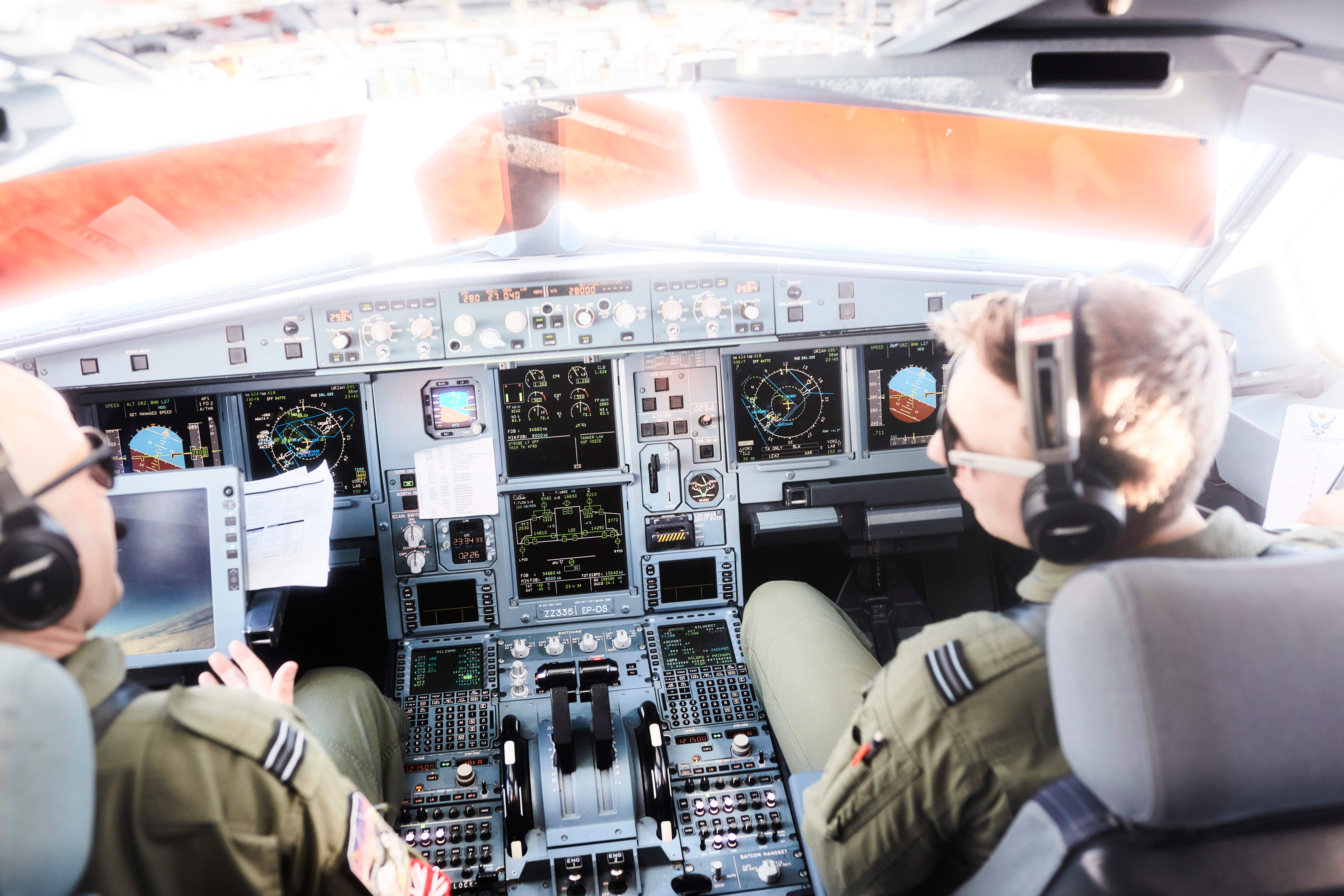
To maintain a footprint in the Pacific, the US has been deploying equipment and troops among allies, from northern Australia to South Korea, and is hacking away jungle on long-mothballed runways. Tinian, an airbase in the Mariana Islands and a US territory, which last saw action during the Second World War, is expected to reopen by the end of the year. Unlike in previous conflicts, US forces cannot rely on unfettered access to Pacific Island nations, many of which are now being courted by Beijing as it seeks to secure its own access.
Brad Martin, head of supply chains in defence at the Rand Corporation, argues that the US couldn’t effectively manage a conflict in the Pacific without being able to sustain the fight from American soil. This, he says, is weakening its military deterrence. “You need the ability to move things around faster than the enemy can figure out where you’re going,” says Martin.
From the window of the raf Voyager, we watch a formation of British Typhoons finish up at the pump, then peel elegantly away into the clouds. Commander Summers says that with theatres emerging in the Middle East and the Pacific, there is a growing need for more tankers in the air and the raf has started to train retired commercial pilots for the job. “If you want to project air power, then you need tankers,” says Summers. “As the saying goes among our US allies, ‘Nobody kicks ass without tanker gas.’” —


